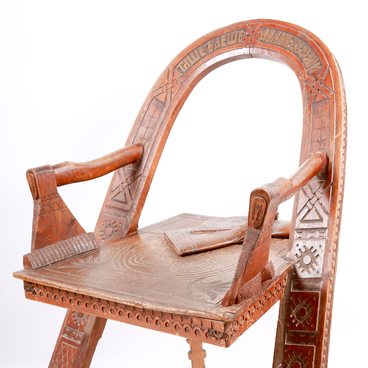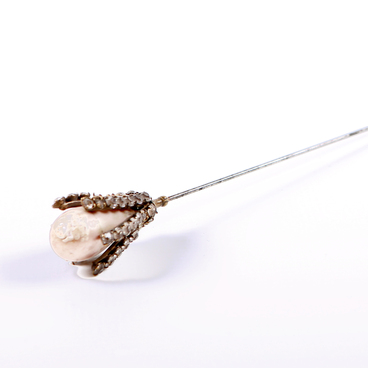In the 19th century, sugar in Russia was produced in the form of a sugar loaf — large cone-shaped pieces weighing more than 16 kilograms. Therefore, every family had sugar nips at home to break off the pieces. You can find a few types of such tools in the Kasimov Museum-Reserve.
In Russia, sugar appeared in the 11th — 12th centuries. At first, it was made of sugar cane, which was specially imported from abroad. Only wealthy people could buy it, since such a product was extremely expensive. Under Peter the Great’s rule, a Sugar Chamber was founded which purchased sugar cane and managed some factories.
In 1809, beetroot, which was grown in Russia, was used to produce sugar. It was gradually getting affordable not only to aristocrats but to middle-class and villagers as well. People started to add sugar in tea, porridge and pastries.
To make this sweetener, beetroot was thinly sliced, then soaked in hot water. After that, its juice was steamed until it thickened. Then, the syrup with the temperature of about 100 °С was poured into large cone-shaped molds and slowly cooled.
When the mold was solid, it was wrapped with special paper so that the upper white part remained open. The cone looked like a baby’s head — that’s why in Russia it is called “sakharnaya golova” which is translated as “sugar head”.
The sugar cone was usually cut either in shops or at home. Various tools of different sizes and shapes were used — from carved tools to ordinary hatchets. Nips were left on the table and when laying the table: they were used to add sugar cubes to tea.
Sugar loaves were produced in the Soviet Union until the 1950s and then were replaced by granulated sugar. But souvenir sugar loaves began to be produced for major dates and anniversaries: for example, in 1967, for the 50th anniversary of the October Revolution and in 1982, for the anniversary of the Kursk city. Sugar loaves are still produced in Germany, Belgium and some Arab countries.
In Russia, sugar appeared in the 11th — 12th centuries. At first, it was made of sugar cane, which was specially imported from abroad. Only wealthy people could buy it, since such a product was extremely expensive. Under Peter the Great’s rule, a Sugar Chamber was founded which purchased sugar cane and managed some factories.
In 1809, beetroot, which was grown in Russia, was used to produce sugar. It was gradually getting affordable not only to aristocrats but to middle-class and villagers as well. People started to add sugar in tea, porridge and pastries.
To make this sweetener, beetroot was thinly sliced, then soaked in hot water. After that, its juice was steamed until it thickened. Then, the syrup with the temperature of about 100 °С was poured into large cone-shaped molds and slowly cooled.
When the mold was solid, it was wrapped with special paper so that the upper white part remained open. The cone looked like a baby’s head — that’s why in Russia it is called “sakharnaya golova” which is translated as “sugar head”.
The sugar cone was usually cut either in shops or at home. Various tools of different sizes and shapes were used — from carved tools to ordinary hatchets. Nips were left on the table and when laying the table: they were used to add sugar cubes to tea.
Sugar loaves were produced in the Soviet Union until the 1950s and then were replaced by granulated sugar. But souvenir sugar loaves began to be produced for major dates and anniversaries: for example, in 1967, for the 50th anniversary of the October Revolution and in 1982, for the anniversary of the Kursk city. Sugar loaves are still produced in Germany, Belgium and some Arab countries.

